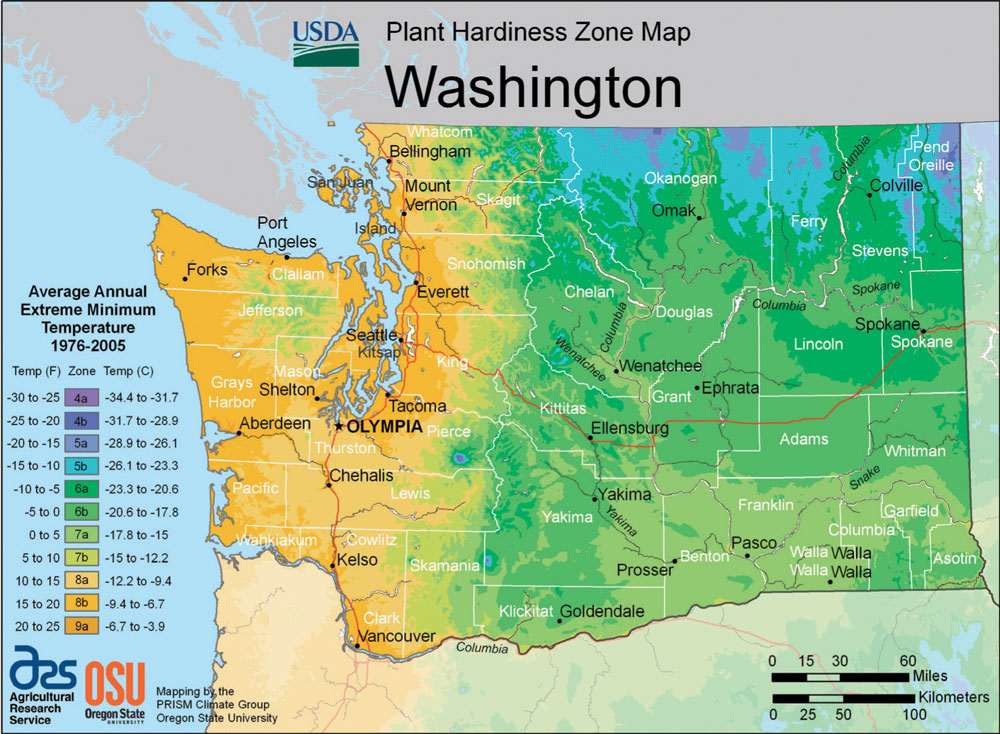
Carrots are easy to grow in the Northwest.
I firmly believe that if you understand how plants grow, you’ll take better care of them and have better results. It isn’t enough to know just the how-to. To be successful at gardening, you also need to know the why-do. With a bit of information, gardening suddenly goes from mysterious to predictable. You’ll learn that if you prune a plant this way it will grow that way.
Part I of this book gives you everything you need to know to grow the best edibles in your home garden.

Carrots are easy to grow in the Northwest.
You’ll learn about:
Gardening within the Northwest—regional differences in soil, rainfall, temperature, and so on
Seasonal gardening—what it means and how to make the most of each season
Garden planning—getting the most out of your space, large or small
Soil—the most important part of every garden, and the trickiest aspect of Northwest gardening
Selecting plants—varieties for our area, whether to buy transplants or seeds, and how to plant them
Growing and maintaining the garden—how to water, when to fertilize, what to use for mulch, how to deal with pests, and so forth
The USDA Plant Hardiness Zone Map indicates the average minimum cold temperatures for regions. The map was reissued in 2012 and reflects a warming trend affecting gardeners.
All plant labels and catalogs list hardiness zones to aid in plant selection—particularly trees, shrubs, and perennial herbs and vegetables. A plant is considered “hardy” to a zone if it can withstand the average minimum temperature in that area. If your area is too cold for a plant to live through winter, you can still grow it as an annual. Hardiness zones are not as applicable to annual vegetables, such as tomatoes or peppers, that you grow for only one season.
There are other temperature-related factors affecting plant growth other than annual minimum temperature, including:
Chilling hours: hours below 45°F, mostly related to fruit production
Heat: extreme summer heat that causes blossom drop in vegetables
Temperature fluctuation: can cause bolting and flowering in cool-season crops
These factors are explained later in the chapter. Because all plant labels indicate plant hardiness, they are a good place to start in learning how to pick out the right plants.
Look at the hardiness zone map and see which zone corresponds to your area. Remember both the zone number and the temperature range—they will come in handy when selecting plants.

Sow pea seeds for a fall cover crop.

USDA Plant Hardiness Zone Map, 2012. Agricultural Research Service, U.S. Department of Agriculture. Accessed from http://planthardiness.ars.usda.gov.